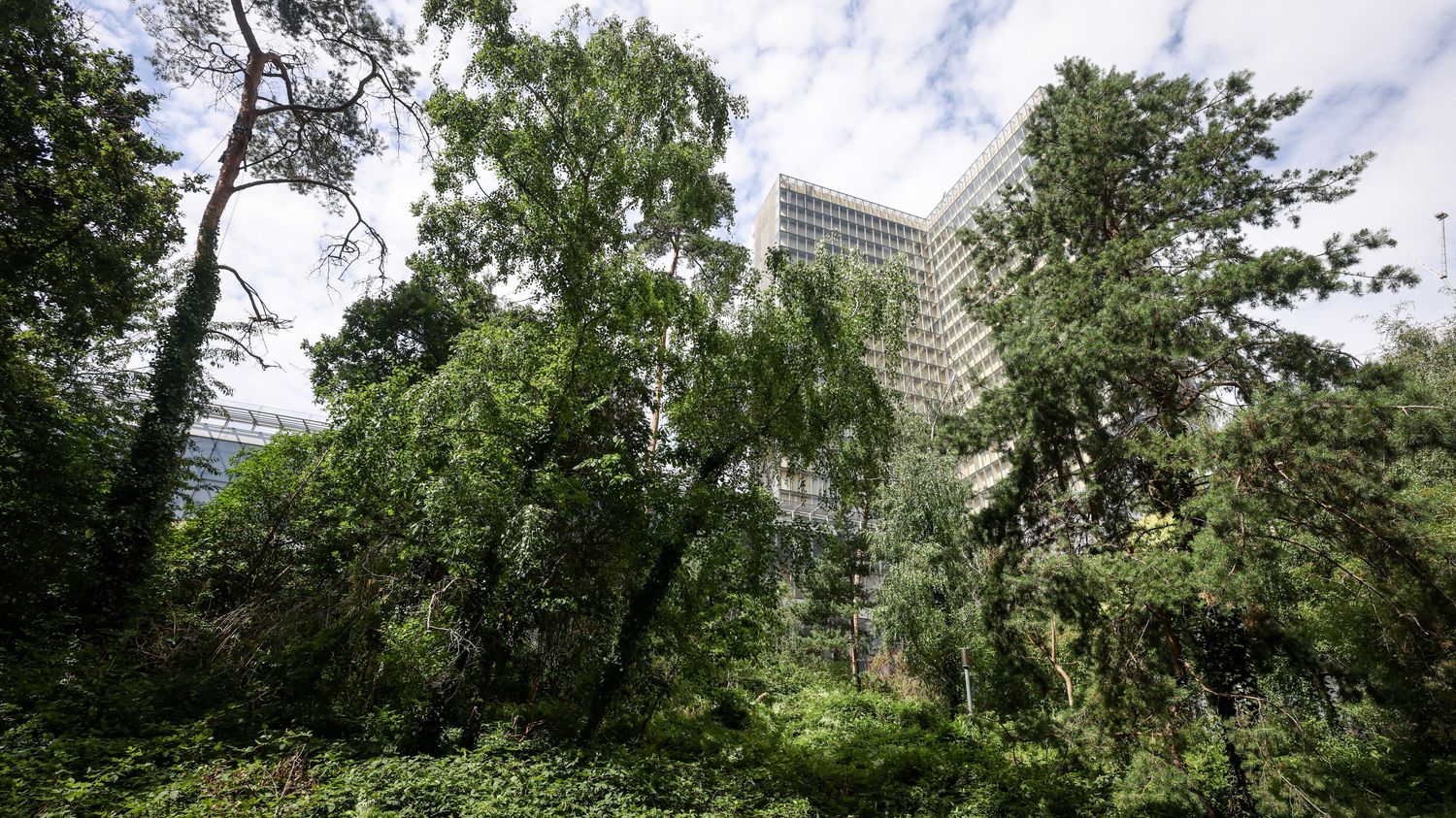It has never been so hot during the month of September in France: this year was marked by temperatures at least 3.5°C above seasonal norms, according to Météo France. A situation which has consequences on the fauna and flora.
With temperatures “between 3.5 and 3.6°C” above seasonal norms according to Météo France, the country has never experienced such a hot September. However, the organisms of trees and plants “are not made for that” alert, Friday September 29 on franceinfo, Marc-André Selosse, microbiologist and ecologist, professor at the National Museum of Natural History.
Franceinfo: Is this unusual heat confusing nature?
Marc-André Selosse: Obviously. You know, organisms are used to what their parents went through. Their parents were selected under certain conditions, and they adapted. There, you put them completely “out of nature”, these are extraordinary conditions, not usual. We could say “it’s good, because the weather is nice, the trees are green”. But they are not made for that!
How does this translate? Are the trees budding, or even starting to flower again?
Yes, as long as the weather is good, the trees continue to have buds that burst. There are even some who will end up believing it is spring and will be able to start making flowers. Some cherry trees do this, and these are all buds that will no longer produce flowers in spring. Normally at this time it’s starting to get cold. The days are getting shorter. Perennial plants, those that live for several years, store in their roots and prepare for cold days. There, we are still not preparing for that. Which means that if the cold catches up with us, there will be a crash for certain species. There are some who continue to make leaves, although it is no longer the time.
Does this tire the vegetation?
It’s a little hard to know exactly how the plants will react. They continue to photosynthesize, which gives them sugar. But a plant does not only need sugar to live, it needs nitrogen and phosphate, and the ration of nitrogen and phosphate in the soil does not change. So this changes the composition of the plants, it is not a balanced food. And then, plants do not live alone: there are fungi in the soil, which help the roots to nourish themselves, and pollinators which pollinate. There are also animals that disperse seeds. If all these organisms do not change their lifestyle in the same way, there is a risk that the partners necessary for plant life will not be there at the right time. This further weakens them.
What is the impact, for example, on the life, the rhythm of insects, and parasites?
For example, we risk having seed dispersers who are not there at the right time. Conversely, we must also think about pathogens: fungi or insects that eat plant leaves. When fall comes, there isn’t much left to eat. Then it gets cold and they die en masse. There is a sort of purge of pathogens in the fall and winter. There, she didn’t start.
And this endangers species and species?
Yes, because ultimately, they end up no longer necessarily being able to live in the place where they are. I remind you that it’s not just this autumn heat. What we must understand is that the climate is changing overall, it is drier in summer. The sum total is that there are species that no longer know how to live very well where they used to live, like the vine, for example. And that is an important issue. In our agricultural and forestry activities, we must support species as much as possible and make species that are currently further South migrate north.
